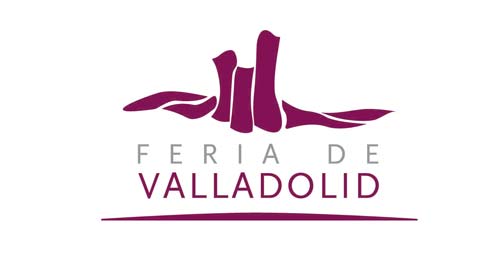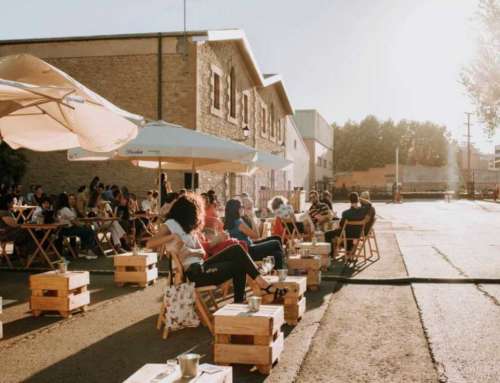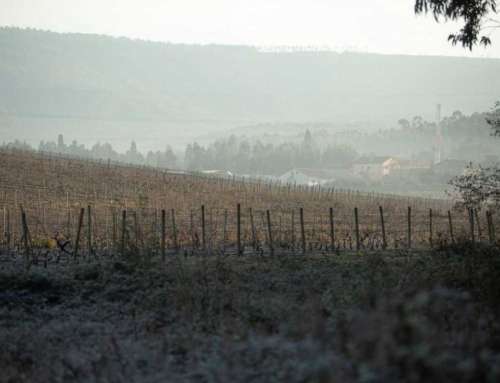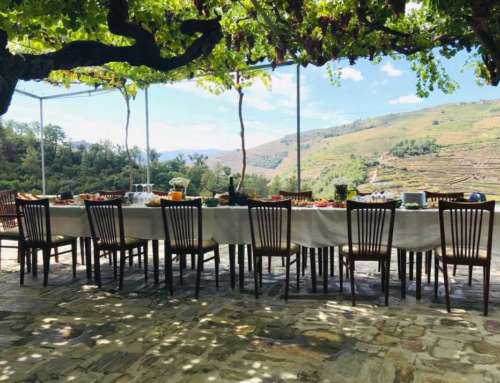Under the slogan “a territory to be discovered”, the Rueda Wine Route will be at FINE 2023
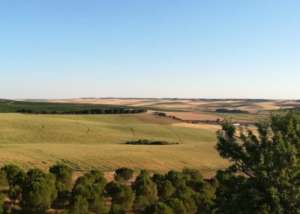
Located in the heart of Castilla y León and confined to the Rueda Designation of Origin, the Rueda Wine Route will arrive at the 4th edition of FINE to present all the hidden treasures in this part of the province of Valladolid. The route runs the length and breadth of the left bank of the Duero River over landscapes dominated by forests, cereal fields and vineyards. With a population of 65,000 inhabitants, it comprises 25 municipalities and an association of municipalities in which there are around 30 wineries that can be visited.
The Rueda Wine Route brings together some 150 members dedicated to quality tourism, including wineries, restaurants, unique accommodation, artisan producers, gourmet shops, etc. It is also one of the 36 Wine Routes in Spain with which the Ministry of Industry, Trade and Tourism seeks to promote quality wine tourism. This route, whose towns and villages have been linked to wine-growing since time immemorial, also has a heritage of great importance. A unique opportunity to discover this territory in a variety of ways: getaways in beautiful natural surroundings; visits to wineries to discover their age-old wine-making heritage; tastings of cheeses, sweets and other delicacies and, of course, restaurants and bars marked by tradition and the avant-garde.
Wine as the backbone
Rueda is one of the wine regions where most surprising projects have emerged. Bodegas De Alberto is one of the most striking examples of the preservation of the traditional winemaking legacy of this land. It is located in an old farmhouse founded by the religious order of the Dominicans in the 17th century, where the old art of winemaking has been maintained for more than 350 years and where the most modern winemaking systems have been incorporated over time. It is run by the fifth generation of a family that has managed to preserve its labyrinthine underground cellar, which is more than four kilometres long. It surprises everyone with its beach of demijohns, which create a dreamlike scene.
Bodegas Yllera is another great surprise. It has a Mudejar-style cave dating from the late 14th-early 15th century, made up of a kilometre of galleries 20 metres below the ground; a labyrinth that has been christened ‘Ariadne’s Thread’. Its spectacular underground cellar is inspired by the myth of Ariadne and the labyrinth from which Theseus was able to escape thanks to her help. Various mythological characters give their names to the different rooms of the intricate route, in a game of allusions through which the visitor can get to know the wines at first hand.
Villages with history
A total of 25 municipalities enhance this route with the important role they have played at crucial moments in history. Tordesillas, Medina del Campo and Rueda are examples of this.
Tordesillas is brimming with history, art and tradition; 528 years ago the Treaty of Tordesillas was signed here between Castile and Portugal and it was the place where Queen Juana was imprisoned. Declared a Historic-Artistic Site in 1977, Tordesillas has four monuments declared Sites of Cultural Interest.
Medina del Campo, linked to the Catholic Monarchs, Santa Teresa and Christopher Columbus, is also known as the Villa de las Ferias (Town of Fairs) due to its important financial and commercial activity in the past. Nowadays, it has a great cultural and musical activity and two festivals that have been declared of tourist interest.
Rueda, together with La Seca and Serrada, forms the Golden Mile of the D.O. Rueda. Its historical link to the world of wine is reflected in the emblazoned noble houses, the modernist façades and the balconies that make up the historic centre, declared a Monumental and Historic-Artistic Site of Spain and an Asset of Cultural Interest.
Gastronomic hedonism
Lovers of good food will find a wide range of options on offer on the Rueda Wine Route. The latest addition to its extensive catalogue is the Gastrobodega El hilo de Ariadna by Martín Berasategui, the first gastrobodega in Spain located in the century-old Bodegas Yllera. The Basque chef, awarded with 12 Michelin stars and 12 Soles from the Repsol Guide, leads the kitchens of this innovative project that aims to promote Castilla y León as a gastronomic destination of reference. This restaurant offers a menu based on dishes prepared with high quality seasonal products and zero-kilometre raw materials.
Tradition weighs heavily in the territory, famous for its suckling lamb, suckling pig and hearty dishes, a reflection of a recipe book born to combat its harsh winters. In this line we find Mesón de Pedro (Matapozuelos), a place specially designed for meat lovers, with two unmissable specialities: suckling lamb skewers and grilled rabbit. All this, of course, harmonised with an exceptional wine list from the D.O. Rueda.
Moreover, at a time of gastronomic explosion in which the product cuisine shines with special strength, it is the suppliers who are gaining prominence. The Rueda Wine Route can boast of having great masters such as the Campoveja cheese factory, an excellent ambassador of the area’s cheese-making tradition -founded in 1952-, and the Galicia confectioner’s, whose origins date back to 1850, with its famous Toro polvorones.
The beauty of the landscape
The Rueda Wine Route is closely linked to the territory and, therefore, to nature. The Castronuño Reserve is a place to get lost in: it is the only nature reserve in the province of Valladolid and encompasses the stretch of the Duero River between the towns of Tordesillas and Castronuño. Its banks are an important marsh ecosystem of great importance for the nesting and wintering of many aquatic birds. A forest of black poplars, ash trees, hawthorns, willows and white poplars accompanies the Duero on its way through this plain.


